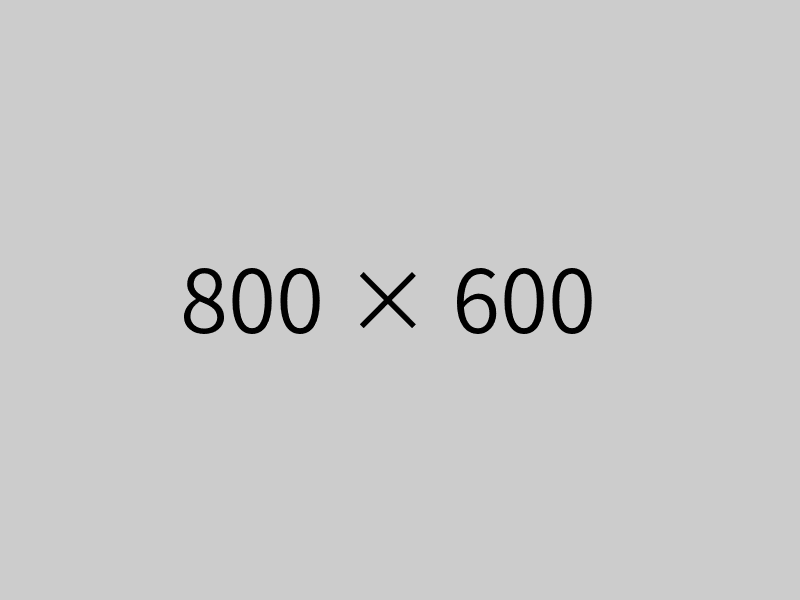Although it has been developed for more than two years, it has been silent about the Fuchsia system Google. Today, however, the company released an in-depth document called "The Book" detailing the operating system that plans to replace Android and Chrome OS. Currently, both Android and Chrome OS use the Linux kernel, but Google makes it clear in the latest release that Fuchsia is not based on the Linux kernel.

According to the published documentation, Fuchsia is a feature-based modular system that uses a kernel called "Zircon" (zircon), which provides core drivers for Fuchsia systems as well as C Library (libc) instances.
Although the documentation is still unfinished, we also note that the Fuchsia OS that Google is building is unique, innovative, and promising. The system builds its own libraries and components from scratch, creating a UNIX-like system through POSIX backward compatibility and using Vulkan-based drivers.
The Fuchsia system uses a physical renderer called "Escher", which provides Soft Shadows of objects, lens effects, light and shadow diffusion, and color spillover. In addition, Fuchsia's file system operates entirely between user space and is not linked or loaded into the kernel.
The document wrote: "Fuchsia's file system itself can be easily changed-the modification does not require a kernel recompilation. In fact, file system updates to Fuchsia do not need to be restarted. "
